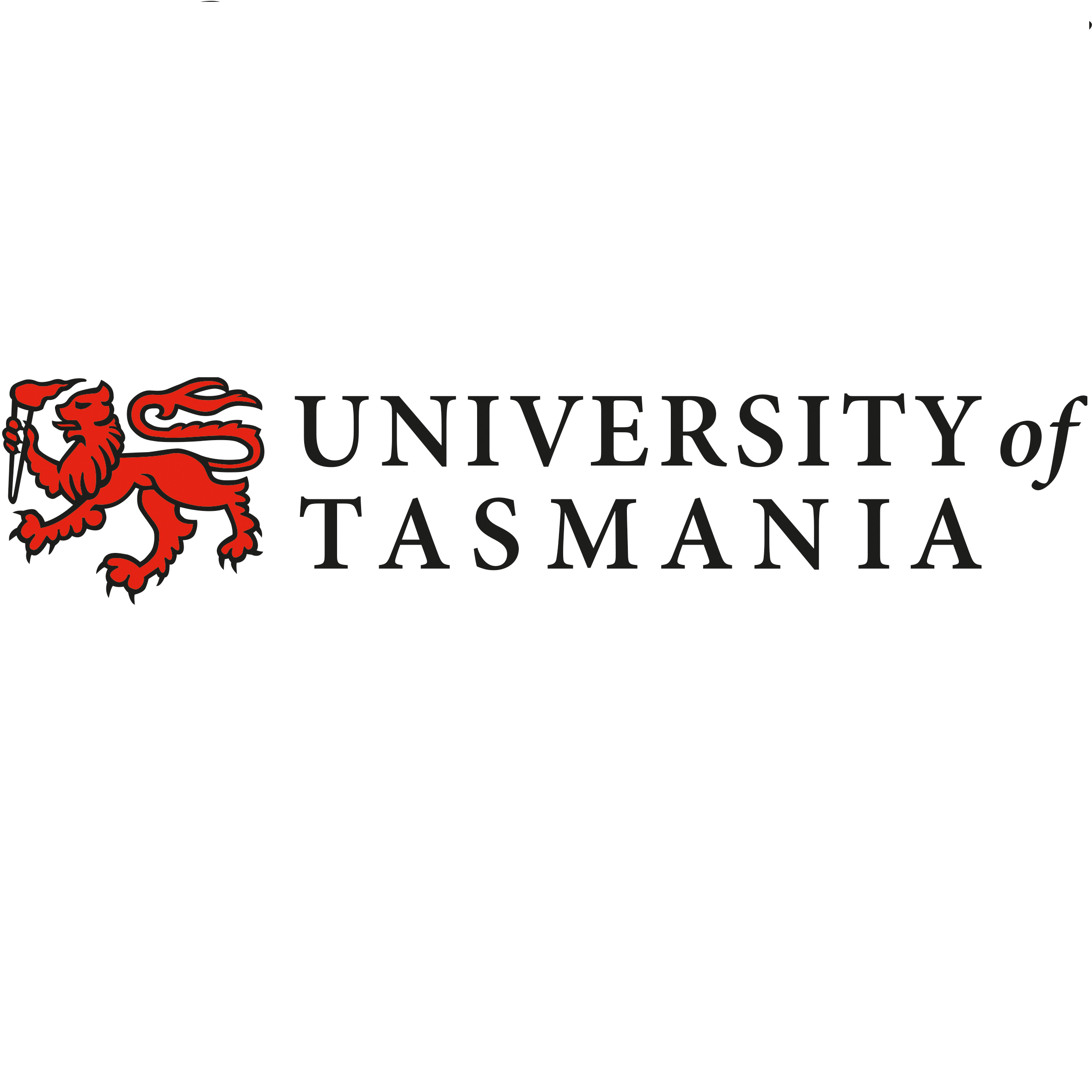Full description
The MCAS-S Datapack for Alpine Bogs of the Australian Alps Bioregion is made up of spatial data in a form that can be readily opened, displayed and interpreted using MCAS-S software and a worked example of an MCAS-S query (known as an MCAS-S ‘project’). The datapack was designed for the purpose of identifying examples of the EPBC Act listed Alpine Sphagnum Bogs and Associated Fens community within the Australian Alps bioregion that are currently, or in the future, likely to be exposed or vulnerable to multiple threats under climate change and range expansion of pest species. The input layers are grouped into two types: 1) Threat – Variables that have the potential to directly impact the ecological condition of alpine bogs and 2) Vulnerability – Variables that have the potential to increase the vulnerability of alpine bogs to impacts from threats. The worked example includes a functional model that can be opened with MCAS-S and a user's guide to describe the spatial data in the datapack and provide detailed instructions on how these data can be integrated and analysed within MCAS-S and also how the model structure can be modified for decision support. We provide relevant input data on a number of threats including fine-scale climate projections from the Climate Futures project, distribution of exotic species, and past & future fire regimes. We also provide information to help users to add their own or new data to the datapack. The Multi-Criteria Analysis Shell for Spatial Decision Support (MCAS-S), developed by the Australian Bureau of Agricultural and Resource Economics and Sciences (ABARES) is a decision support tool designed specifically for non-GIS users to integrate spatial data. The tool is free to download from www.abares.gov.au/mcass. The Landscapes and Policy Hub was supported through funding from the Australian Government’s National Environmental Research Programme.Data time period: 2014
Subjects
Assessment and Management of Terrestrial Ecosystems |
Climate Change Impacts and Adaptation |
Environmental Management |
Environmental Policy, Climate Change and Natural Hazards |
Environmental Sciences |
Ecological Impacts of Climate Change and Ecological Adaptation |
Effects of Climate Change on Australia (Excl. Social Impacts) |
Environmental Management |
Environmental Management |
Terrestrial Biodiversity |
Terrestrial Systems and Management |
Understanding Climate Change |
Wildlife and Habitat Management |
climate change |
exotic fauna |
exotic flora |
water |
wetlands |
User Contributed Tags
Login to tag this record with meaningful keywords to make it easier to discover
Identifiers


